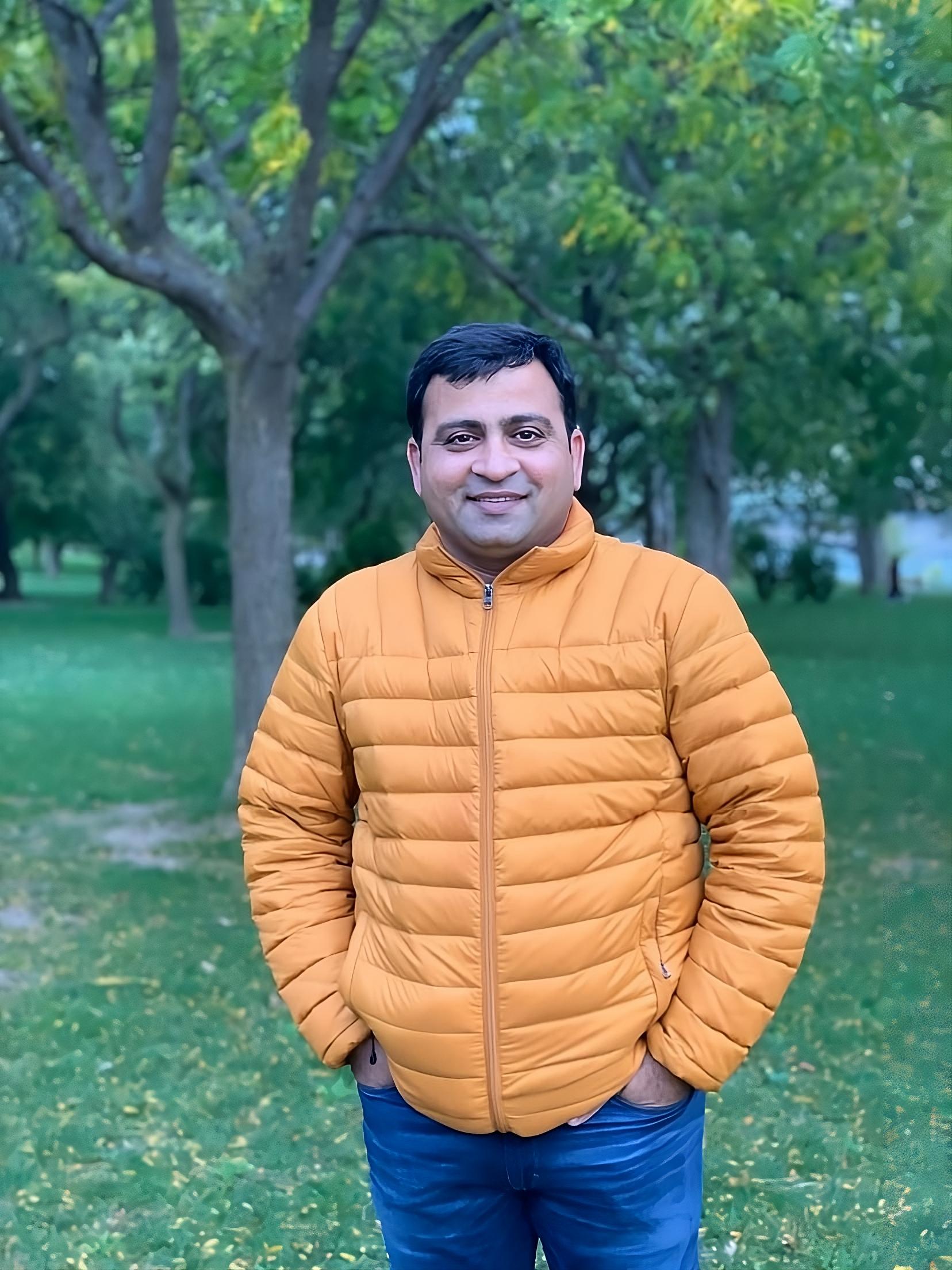(July 9, 2022) Padmasree Warrior is widely acknowledged as one of the world’s most influential women in STEM. Her career has spanned a superlative 35 years, which saw her rise through the ranks to head some of the world’s largest companies, including Motorola and Cisco. She’s come a long way from the young woman who arrived in the US, with two large suitcases filled with textbooks that she bought from India. Padmasree survived her first New York winter with a $10 coat bought at a garage sale.
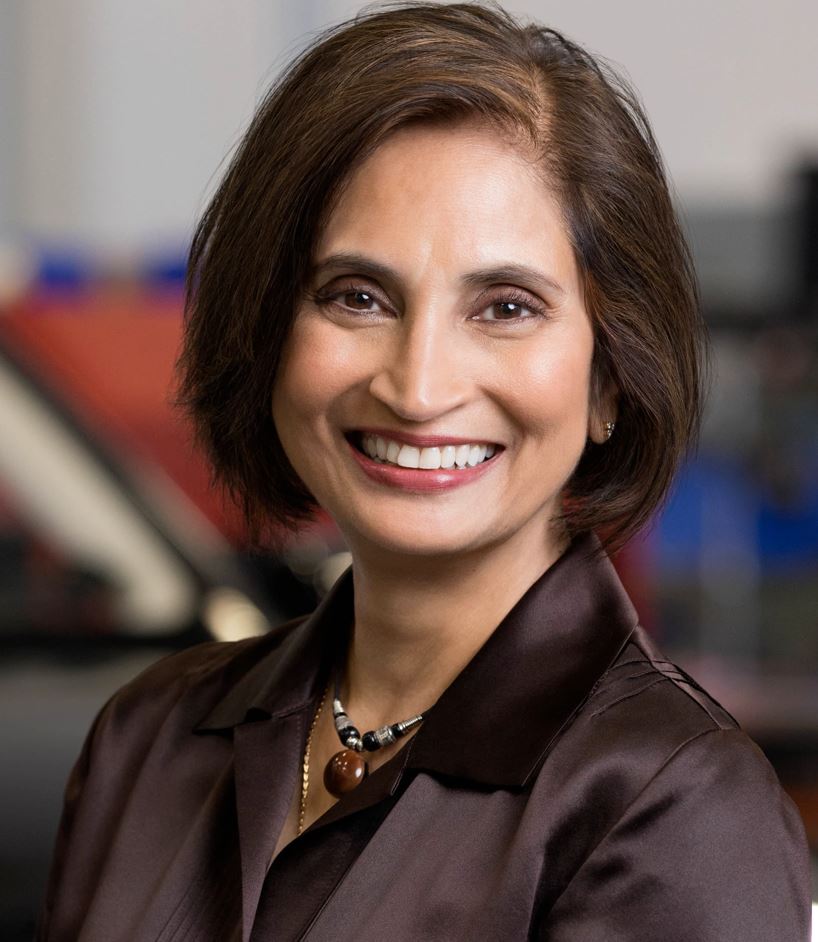
Padmasree Warrior, Founder, President and CEO of Fable
A chance visit to a job fair resulted in Warrior landing a position at Motorola. The rest is history. One of the world’s most influential business leader, Warrior’s career went from strength to strength. The IIT Delhi grad, who went on to do her PhD at Cornell University, is known for being a visionary leader, having served five years as Chief Technology Officer at Motorola, followed by a seven-year run as CTO at Cisco. Warrior was also CEO of electric car maker NIO, which launched a successful IPO under her leadership. Global Indian turns the spotlight on the remarkable business executive, who has inspired many women.
The early days
Born and raised in Vijayawada, Andhra Pradesh, in a middle-class home, money was tough in the early days of her life. Always inclined towards STEM, despite being a gifted artist and painter, Warrior studied chemical engineering at the Indian Institute of Technology, graduating in 1977. Women in STEM fields were a rare occurrence at the time, and she was one of the only five female students in a class of 250. She took the Ivy League route soon after and received a fellowship to do an MS in chemical engineering at Cornell University.
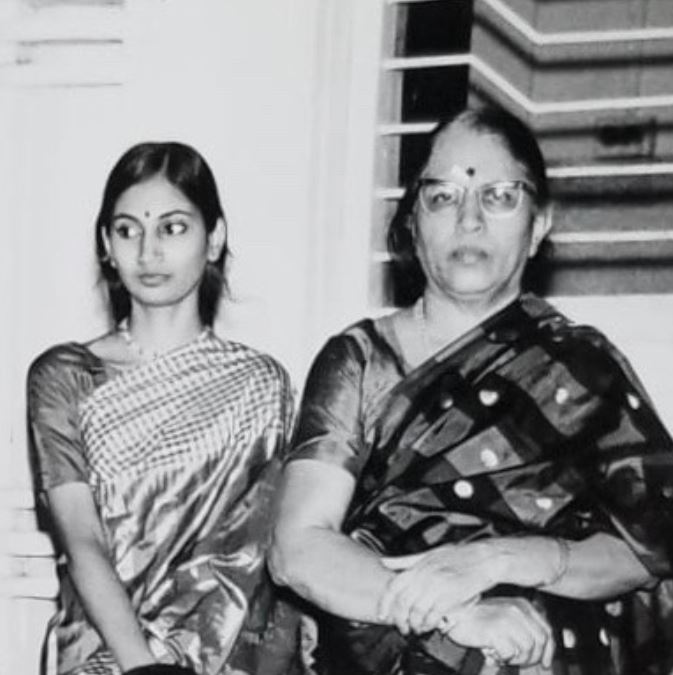
Padmasree with her late mother in the early days of her life
In 1984, she joined Motorola, where she spent 23 years, working her way up the company ranks and becoming the company’s first CTO and female executive vice president. During her stint at the helm, Motorola was awarded with the 2004 US National Medal of Technology, which she accepted from the then President George W. Bush on behalf of the company.
In 2008, Padmasree Warrior joined Cisco, where she became senior vice president of engineering, strategic advisor and chief technology and strategy officer. Her leadership journey continued at NIO from 2015-2018. She scaled up the company from startup to a successful IPO within a period of just three years. Padmasree was also a board member and chief development officer for NIO US. “I’ve always looked for opportunities to leverage technology to tackle big problems,” Warrior said at the time of joining the organisation.
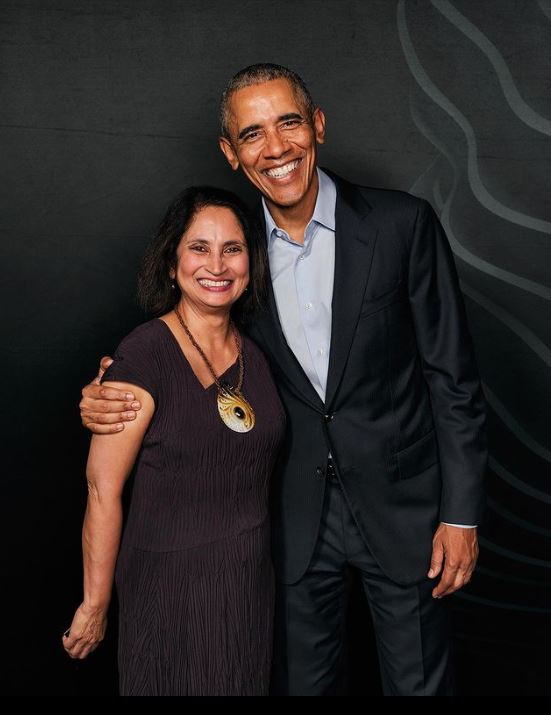
Padmasree with Barack Obama, former US President
Perfect switch
After 35 years of service, Warrior moved onto entrepreneurship and founded Fable, a curated reading platform for mental well-being in 2019. She is the President and CEO of the venture and also serves on the board of directors for Microsoft, Spotify and Thorn. Her vision for Fable is to bring the world of stories to everyone, anywhere; so that they can relax, share and learn.
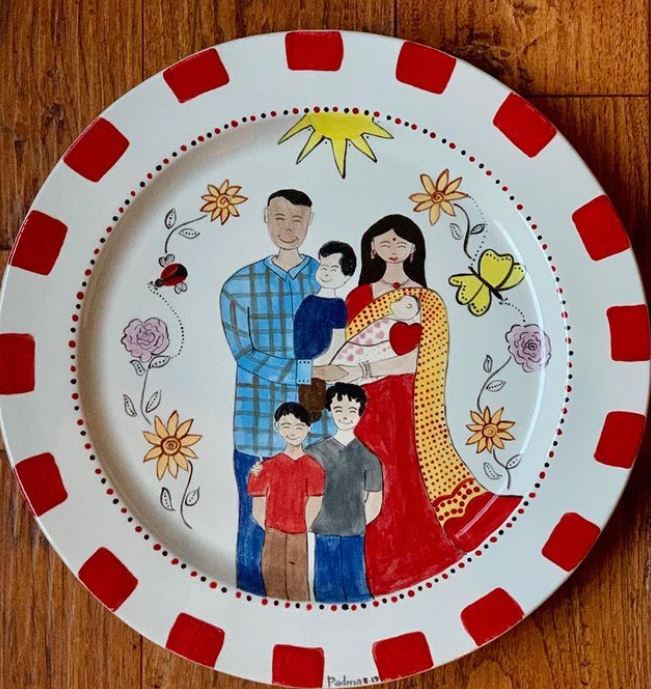
One of the many paintings of Padmasree
A mobile service for curated reading, Fable allows people to share stories in private groups and enables creators to self-publish. In 2021 Fable launched its app, a subscription-based book recommendation engine and private social network.
“Human element of our business is becoming as important as the productivity element. We no longer can treat each other as just job titles. We have to really get to know the person behind that job title.” – Padmasree Warrior
Work-life balance
“It’s about integration, not balance,” Warrior once said in an interview. “It’s important to really focus on making sure you’re integrating all four aspects of your life – work, family, community and yourself. It’s not about trying to spend equal amounts of time on everything you do each day on each of these things, but making sure you’re paying attention to all the things that make it up as a whole human being.”
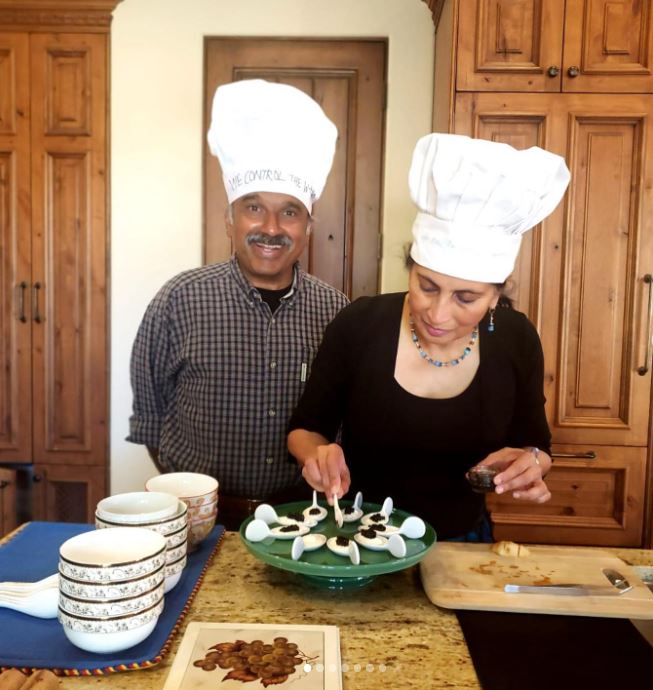
Padmasree with her husband, Mohandas Warrior
In her Cisco days, she found herself working all the time, even on the weekends, shooting questions to her subordinates. “People three-four level down the hierarchy had to work on the weekends too to get me the answers which they didn’t need to give, right then. I had to hit the pause button to ask myself, ‘is this the correct way to do?’” she said in an interview, informing that it was then that she started practicing digital detoxification. She came to an agreement with herself that she would not work on Saturdays and Sundays, and announced the same to her team. “It seemed to me as if I could hear that whole team of 26,000 people heaving a sigh of relief,” she mentioned.
Why Fable?
Warrior believes that people should be encouraged to read and relax, and that good distraction is good for a person. She has been assertive on the fact that people are busy at every stage of their lives, and that mental wellness is the price they pay to juggle the demands of modern world.
Padmasree informed in a virtual interview during the pandemic, while her startup was still new:
“There has been almost 15 – 20 percent increase in anxiety and depression in the last decade. Much of it is driven by workplace stress. Workplace suicides are highest in last 26 years. The World Economic Forum projects a $16.3 trillion loss in economic output between 2011 and 2030 due to mental disorders. The mandate for mental wellness has never been more important.”
Life goes on…
The Silicon Valley veteran, lives with her husband, Mohandas Warrior, whom she met at IIT, and their son Karna in Palo Alto, California. She continues to mentor women in tech and keeps her 1.3 million followers engaged on Twitter. A believer in the ‘Happy People, Healthy Business’ principle, Warrior is forging ahead with her quest towards mental health for people with hectic lives. Fable also works with several organisations, helping them move away from old-school employee engagement, so that people can connect better and grow together.

One of Padmasree’s latest designed jewellery
Some of the recognitions that came Padmasree’s way for being a visionary leader:
- The Wall Street Journal recognised her as one of the “50 Women to Watch” in 2008
- Business Insider called her one of the “25 Most Influential Women in Wireless” in 2012
- The International Alliance for Women honoured her with the World of Difference Award in 2013
- The Economic Times recognised her as one of the “20 Most Influential Global Indian Women” in 2015
- Forbes recognised her as “America’s Top 50 Women in Tech” in 2018
Follow Padmasree Warrior on LinkedIn, Twitter and Instagram


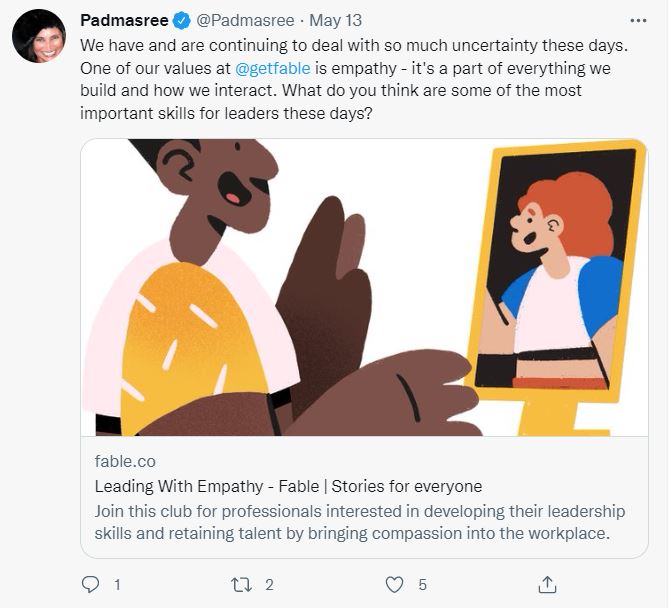
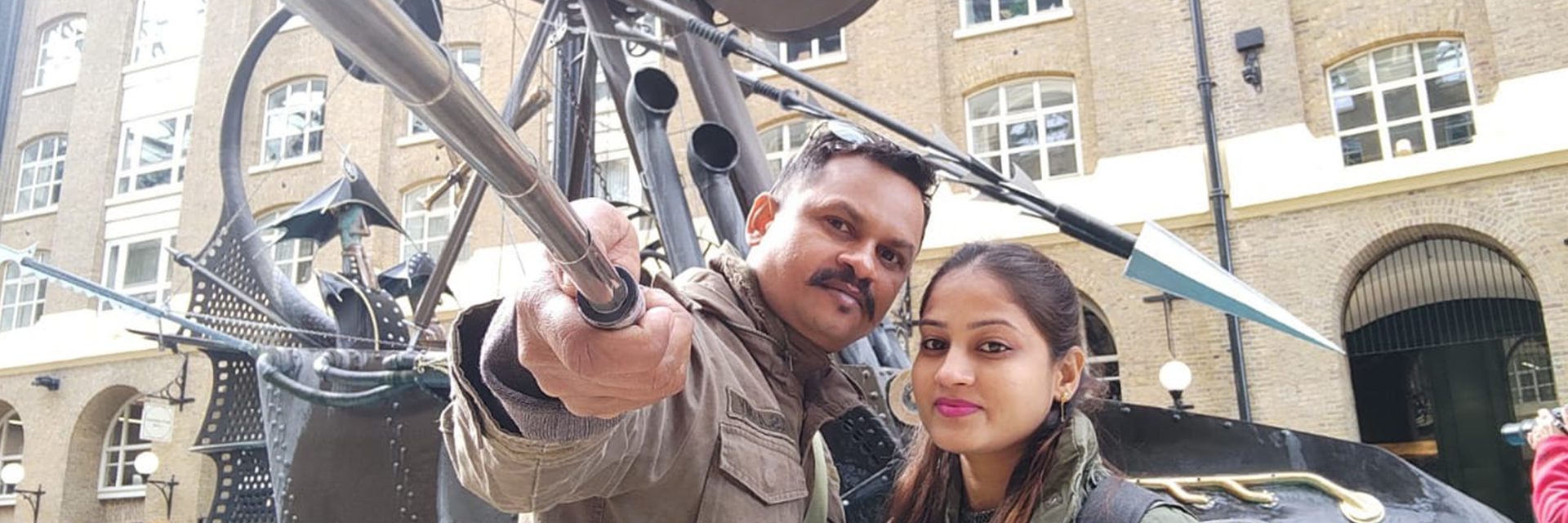
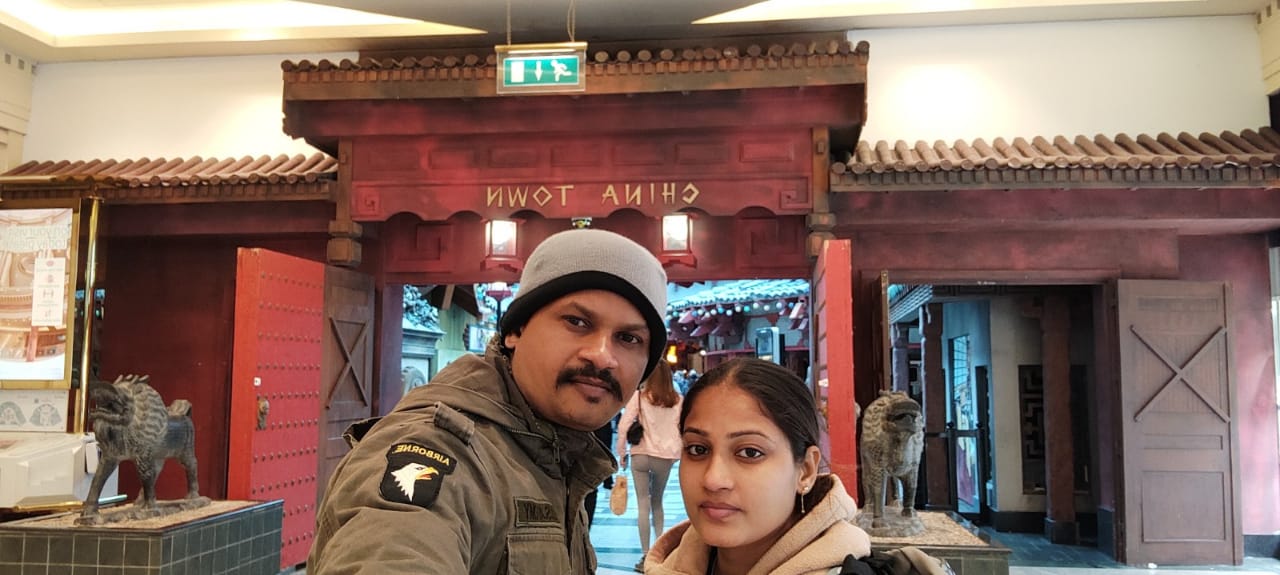 Rajender Ambilpur and Suman[/caption]
Rajender Ambilpur and Suman[/caption]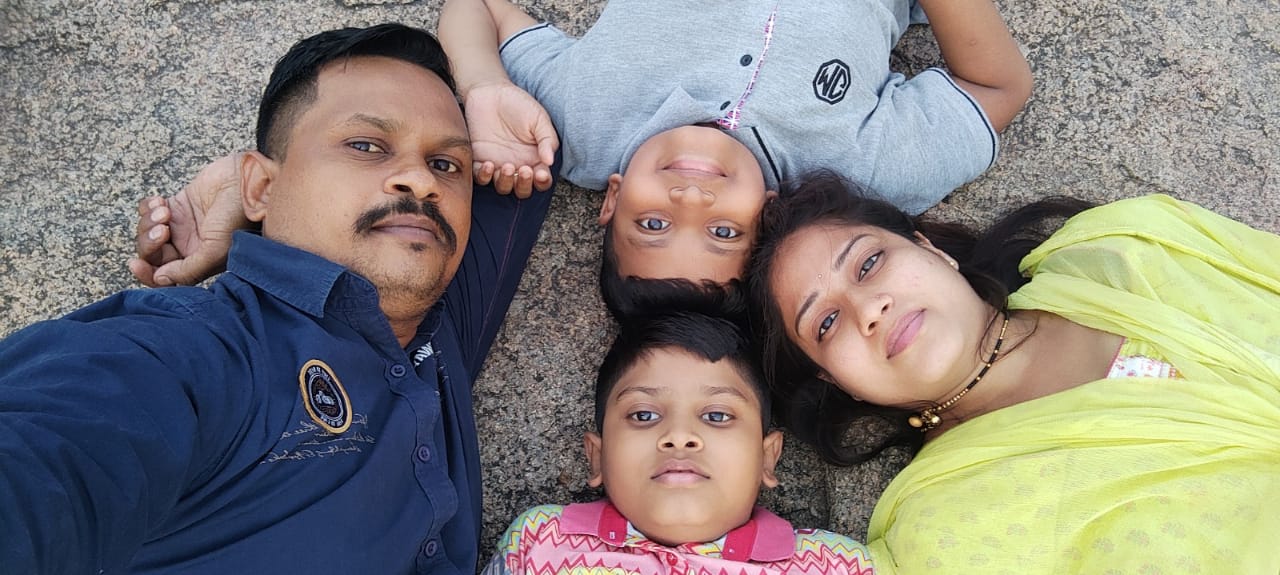 Rajender Ambilpur and Suman with their children[/caption]
Rajender Ambilpur and Suman with their children[/caption]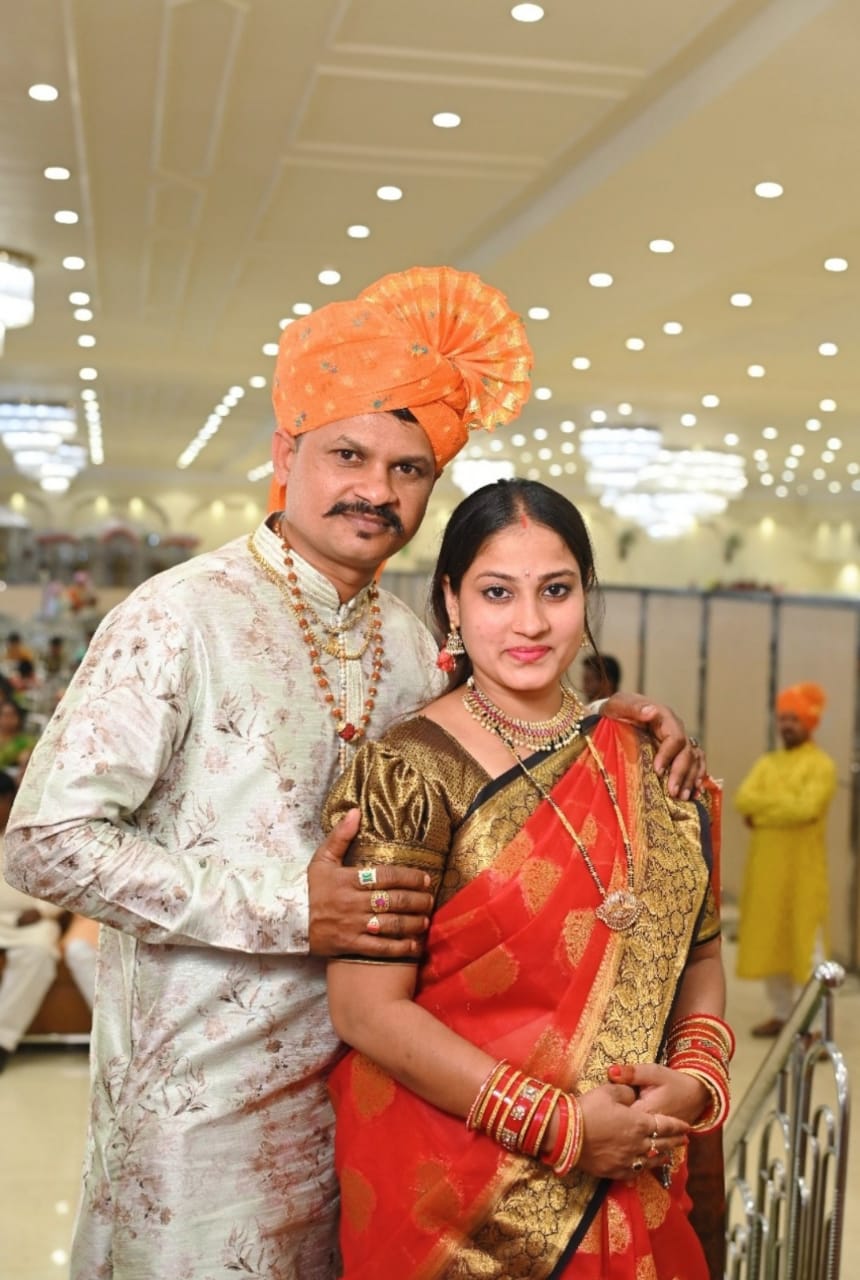 Rajender Ambilpur and Suman[/caption]
Rajender Ambilpur and Suman[/caption]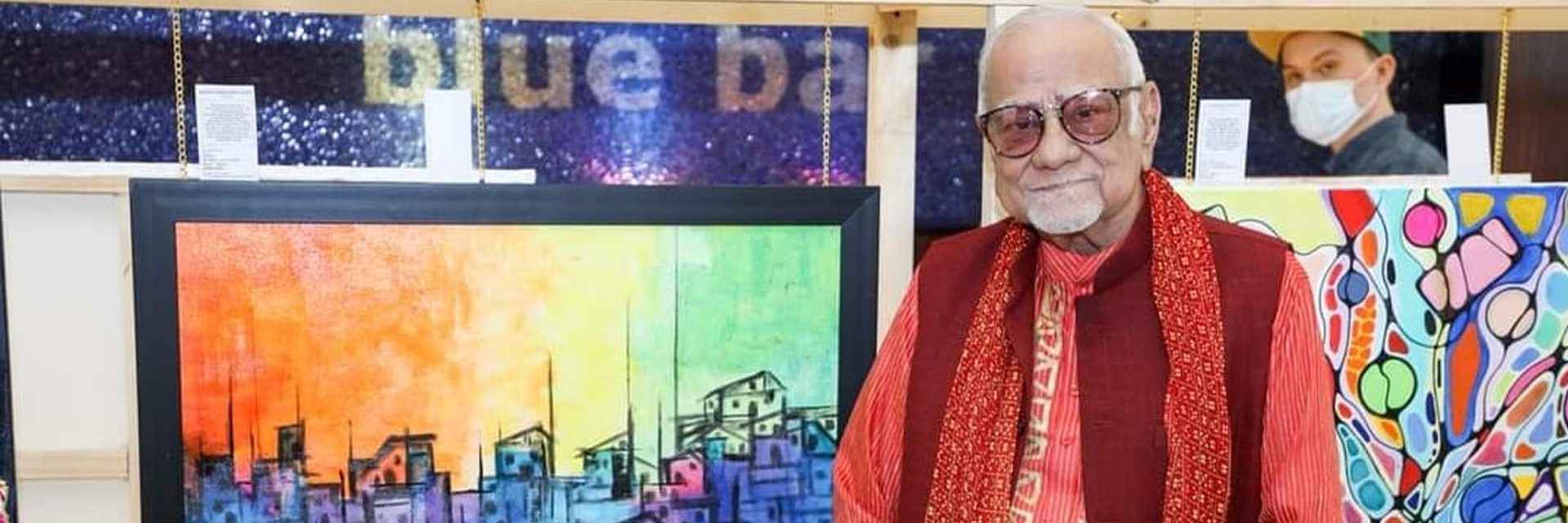
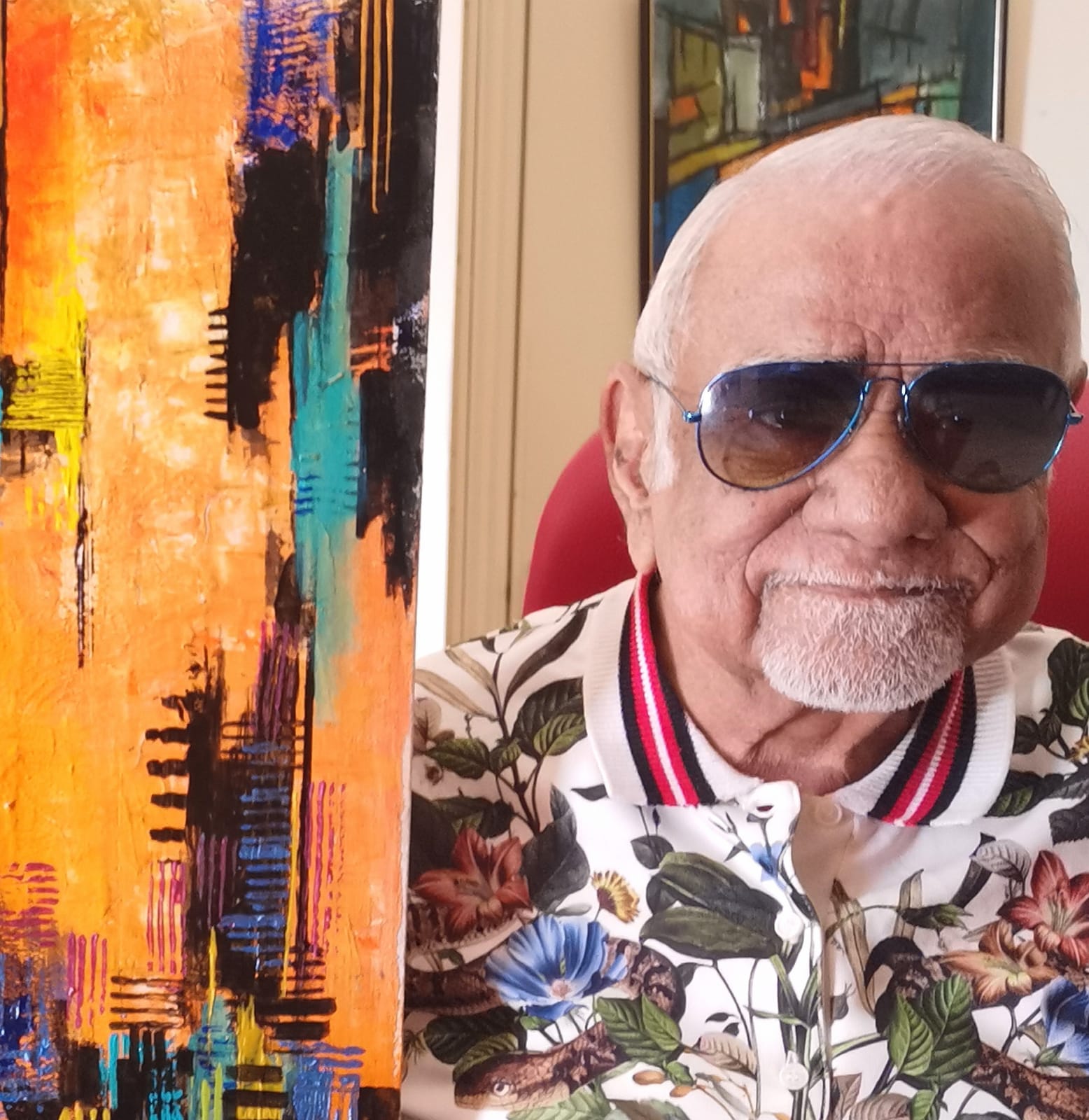 Anjini began painting when he was 60 and hasn't looked back since[/caption]
Anjini began painting when he was 60 and hasn't looked back since[/caption] His work is inspired by the colours of Mathura, his hometown[/caption]
His work is inspired by the colours of Mathura, his hometown[/caption]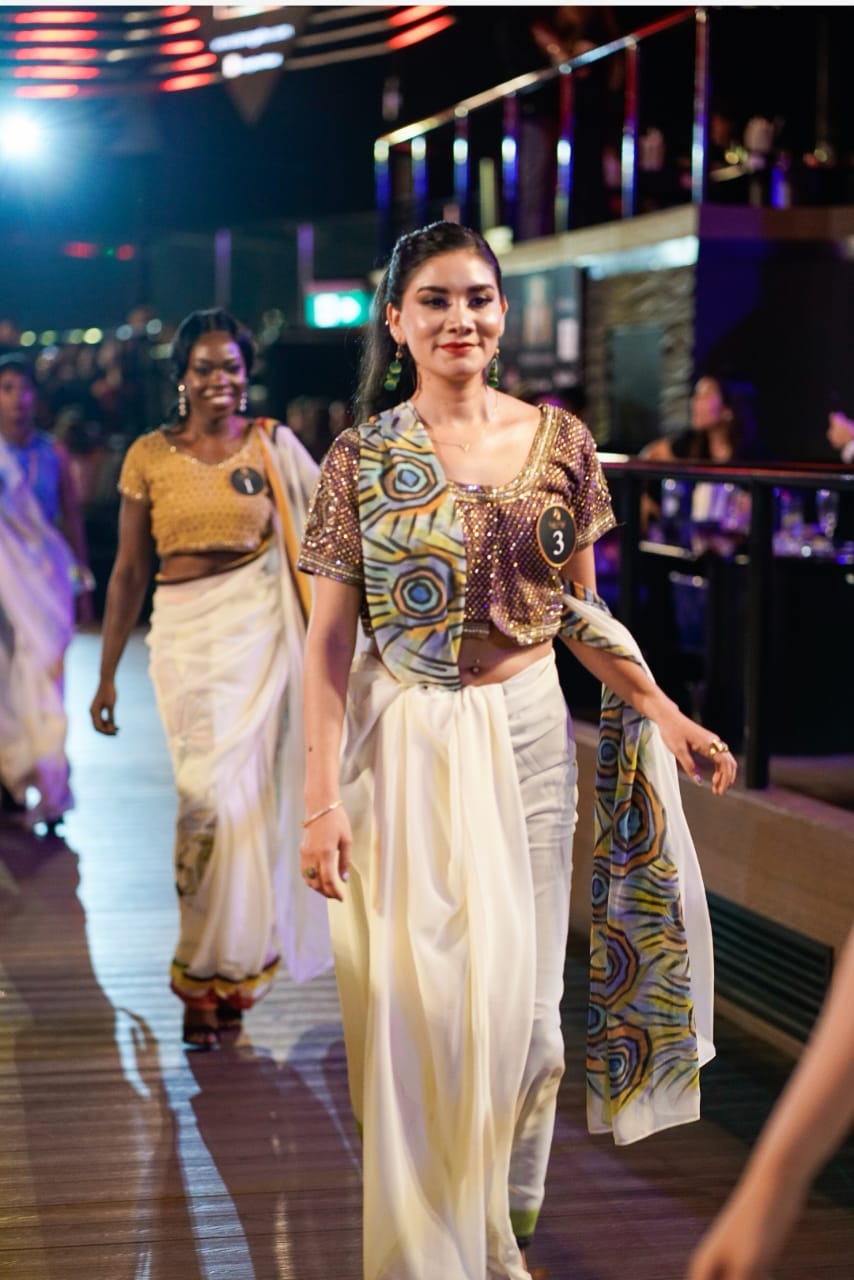 As a fabric painter, Anjini has worked with some of the biggest names in haute couture[/caption]
As a fabric painter, Anjini has worked with some of the biggest names in haute couture[/caption]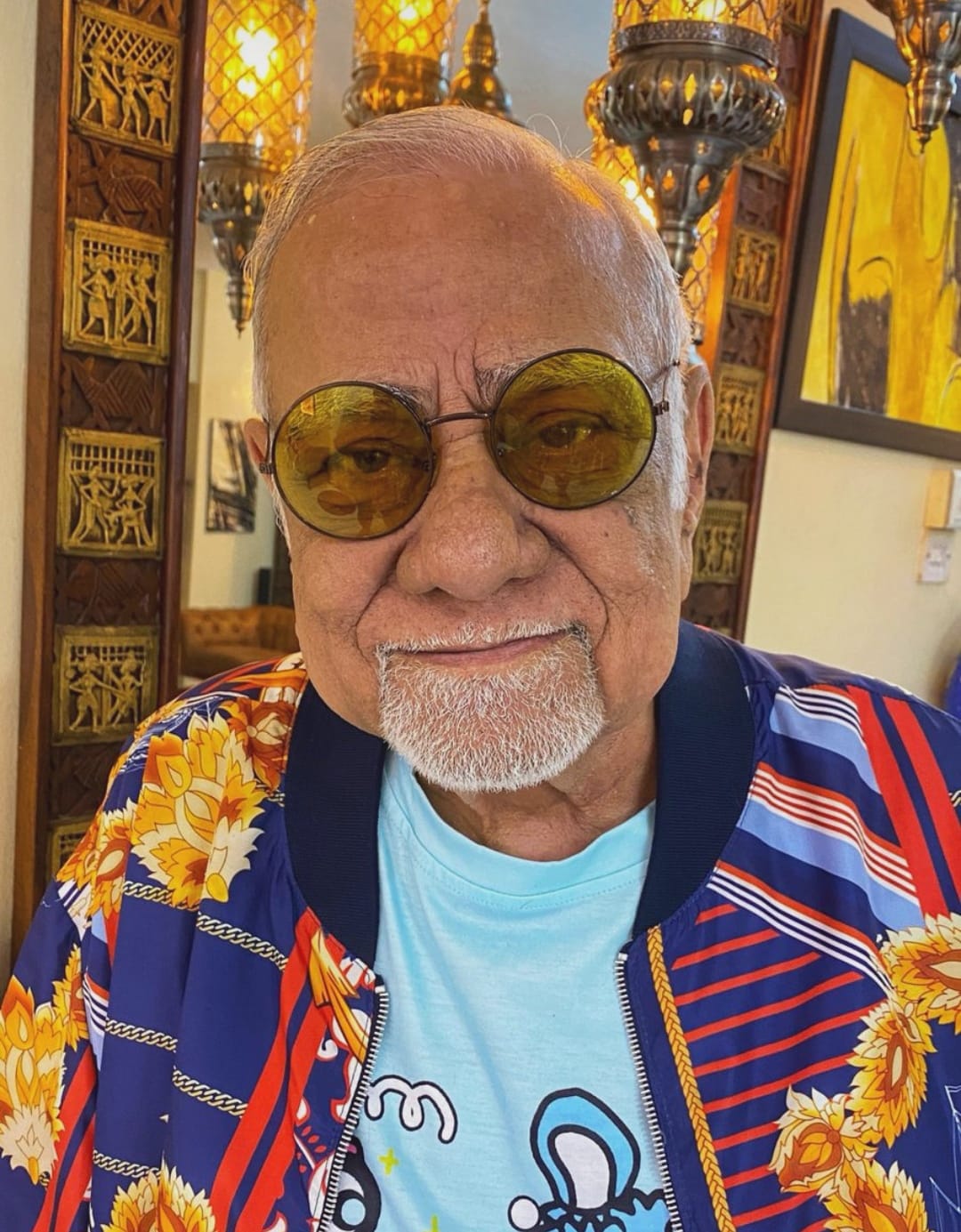

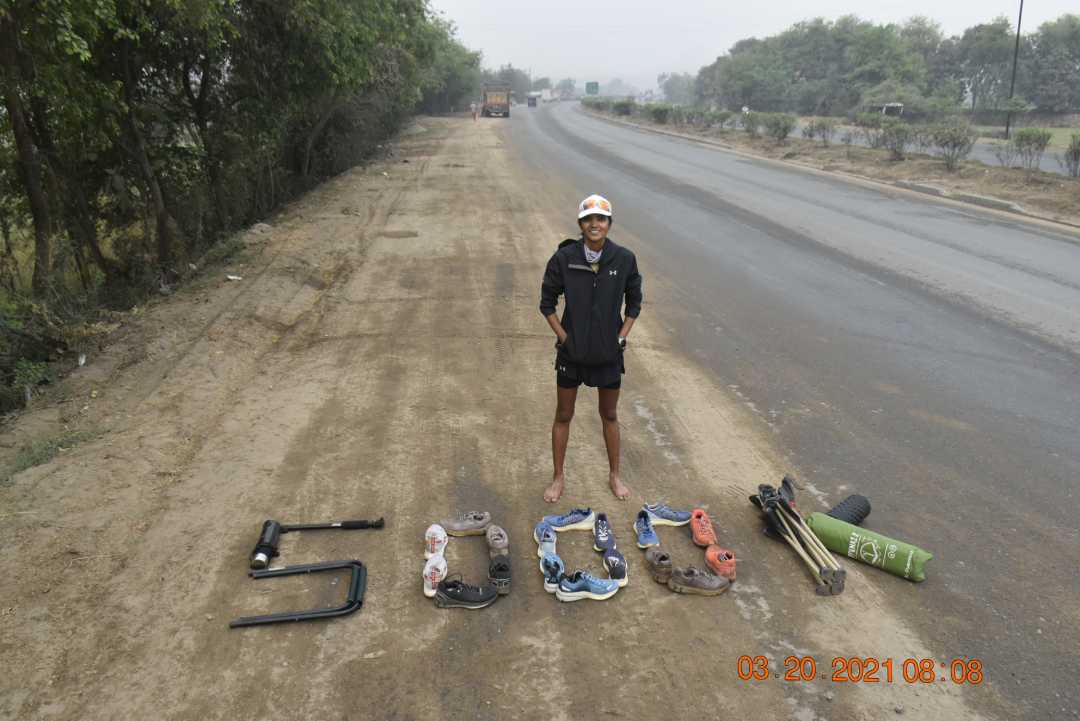
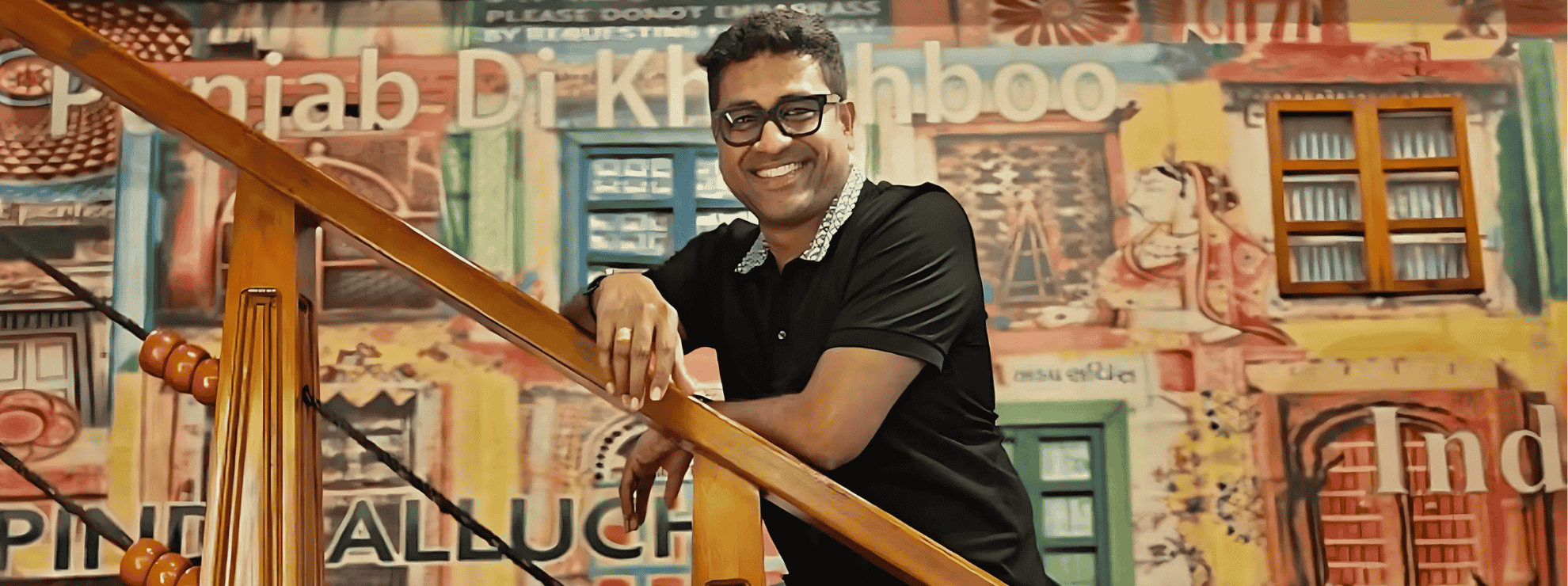
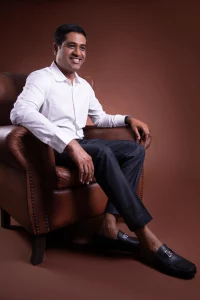 Teja Chekuri[/caption]
Teja Chekuri[/caption]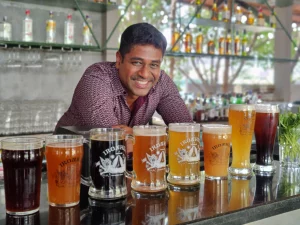
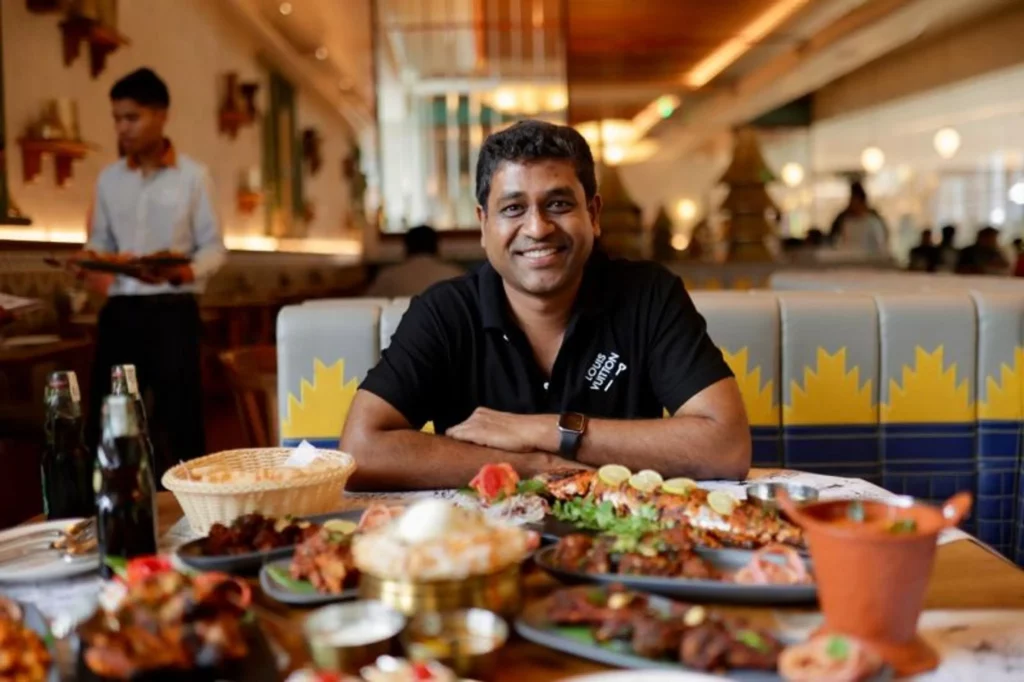
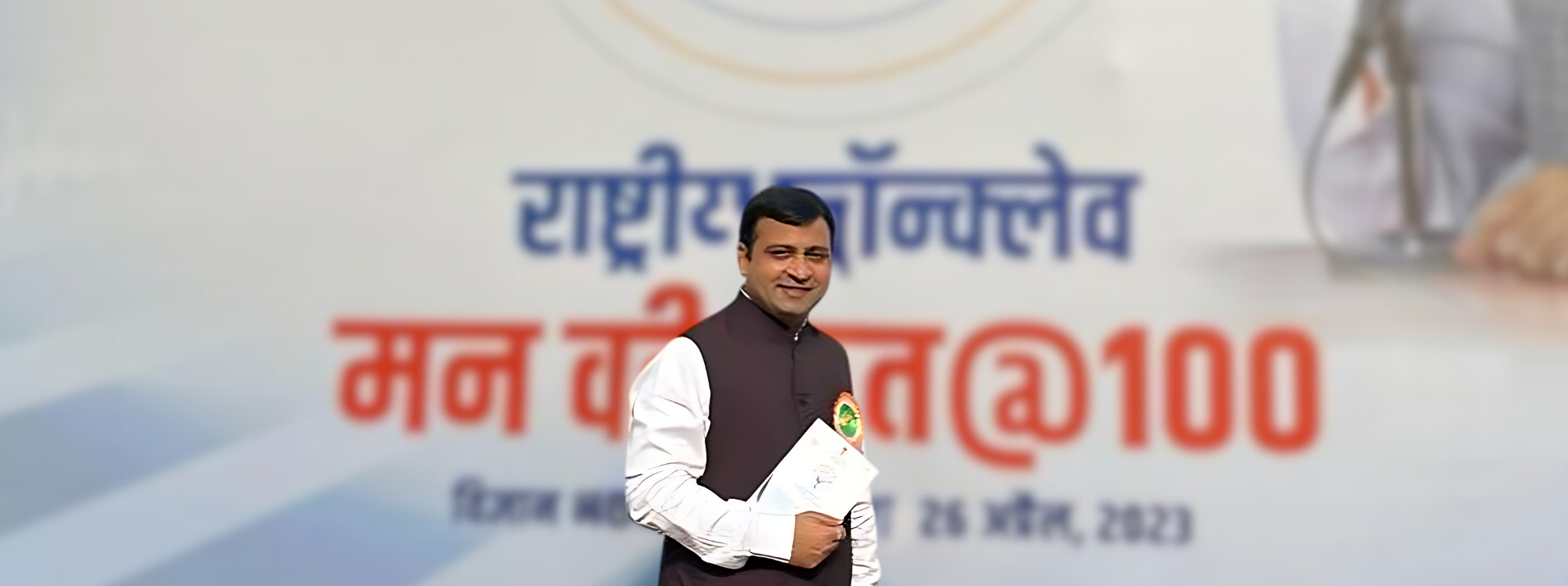
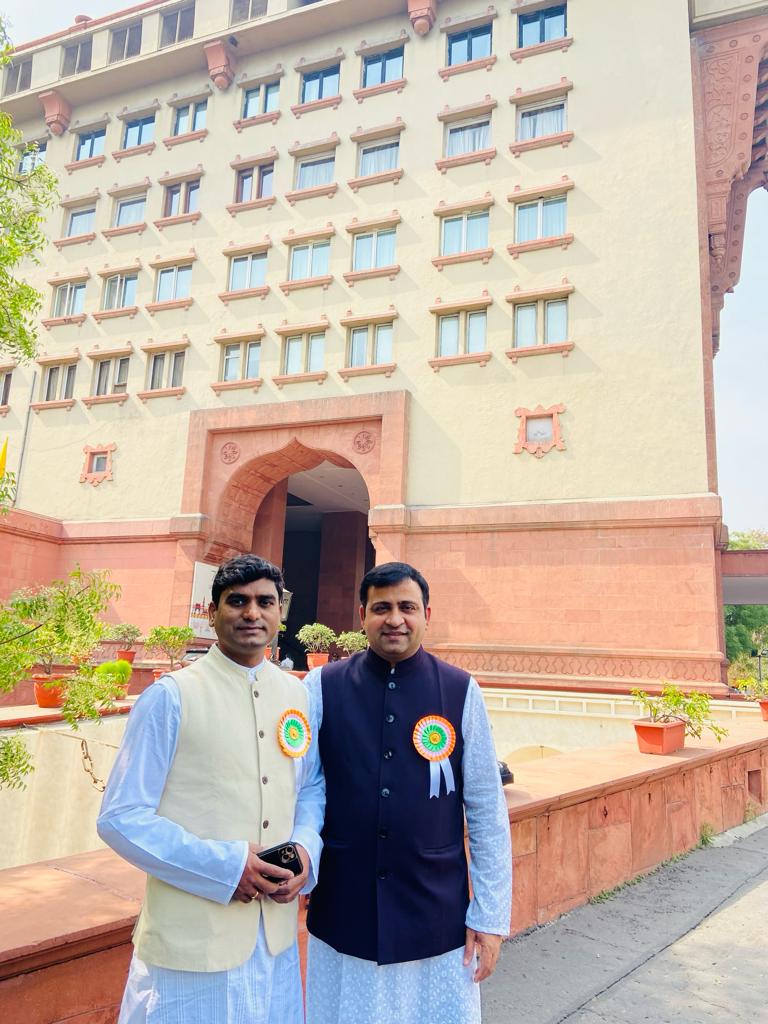 Rajnish with SmartGaon co-founder Yogesh[/caption]
Rajnish with SmartGaon co-founder Yogesh[/caption]